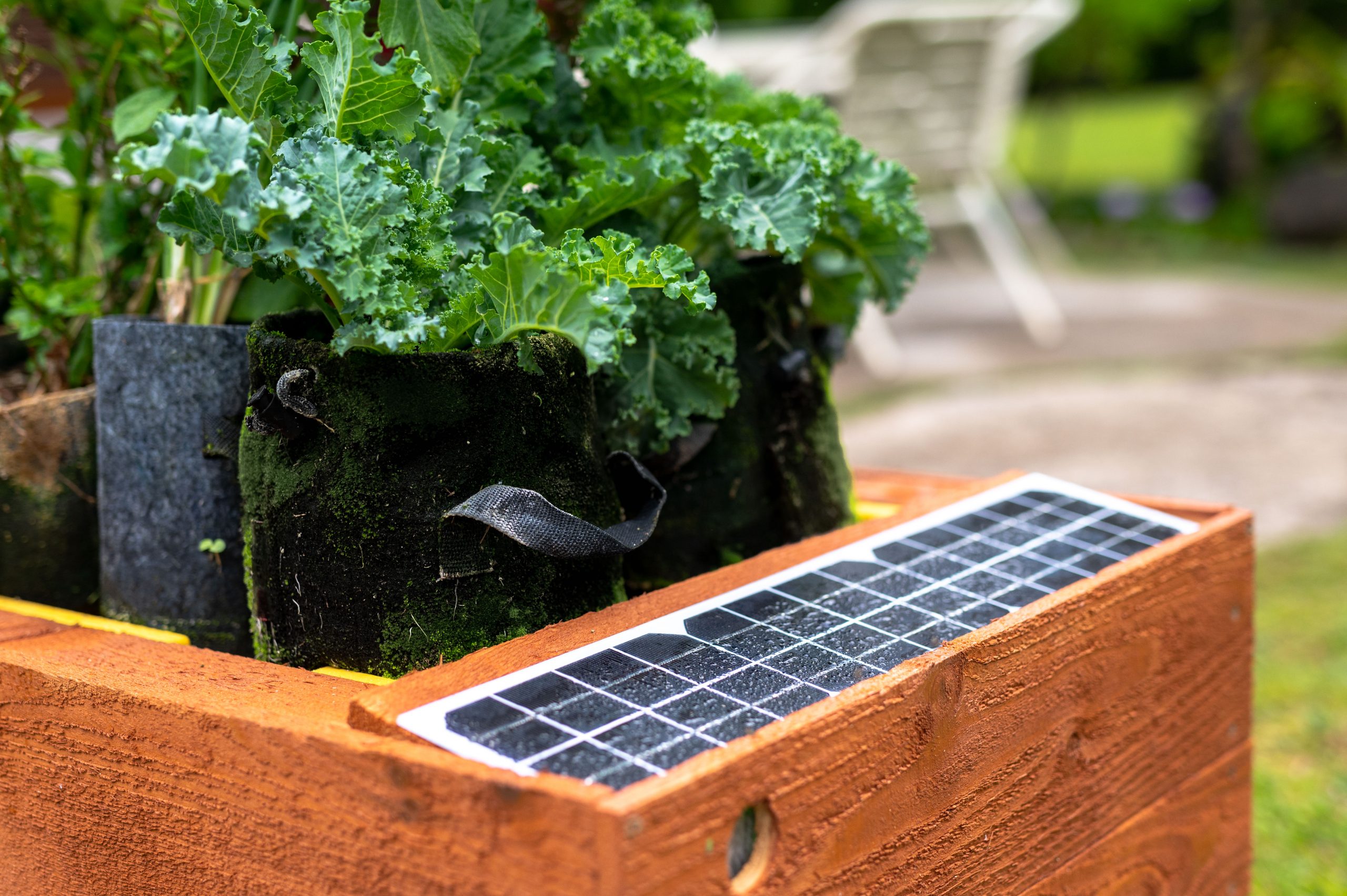
Because of these features, together with plant biologists and materials scientists, engineers are deeply investigating the biomechanics, materials, energy efficiency mechanisms, and behavior of a variety of plant species, to take inspiration for the design of multi-functional and adaptable technologies, and for the development of a new class of low-mass, low-volume robots endowed with new and unprecedented abilities of movement. Growth allows plants to strongly adapt the body morphology to different environmental conditions, and to move in search for nutrients and light or for protection from harmful agents.

Plants show unique capabilities of endurance and movement by growth. Under the Research Topic “Generation GrowBots” contributing authors discuss the science and technologies of the new field of plant-inspired robotics and growing robotics, exploring the materials, mechanisms and behavioral strategies as the basis of a new paradigm for robot mobility inspired by the moving-by-growing ability of plants. Trends, frontiers and potential applications for a variety of high-tech sectors are discussed. Collectively, the articles are representative of the current state of the art in the emerging area of plant-inspired robotics. The articles are authored by a highly interdisciplinary group of domain experts, bringing together natural scientists and engineers, including experts in material science, soft robotics, plant biology, and architecture to present new scientific discoveries on plants and technological advances relevant to continuum, soft, adaptable, and growing robots. In this Research Topic, which is based on the contributions presented at the 2019 Robotics Science and Systems (RSS) workshop “Generation GrowBots” (Jin Freiburg, Germany), we present a research topic of nine articles focused on the intersection of robotics and plant biology.

However, to date very little attention has been paid by roboticists to the multitude of “existence proofs” provided by plants. Important advances in robotic design, planning, locomotion, and manipulation have been inspired and driven by insights gained from biology, notably in the structure and behavior of animals. The field of robotics has expanded rapidly over the past 25 years. With this view, the goal of this special issue is to illustrate the potential of identifying principles from plant growth and movement suitable for engineering, and the adaptation of those principles to the new emerging field of “growing” robots, or Growbots. More recently, plants have also started to represent models in robotics ( Mazzolai et al., 2010 Lastinger et al., 2019 Sadeghi et al., 2020 Wooten et al., 2018), especially for the design of systems that have to deal with unstructured environments and require advanced capabilities of soft interaction, adaptation, and self-morphing. On the other hand, increasing interest in plant-inspired research can be observed in architecture and technology in general over the last decades (cf. On the one hand, many key aspects of plant biology remain imperfectly understood, and the possibilities for plant-inspired engineering remain largely unexplored.


In achieving this widespread presence, plants exhibit a significant range of structures and operational strategies. Plants are adapted to and thrive in virtually all environments, both natural and human-adapted, across the globe. Plants are the dominant life form on the planet, accounting for over 80% of its biomass ( Thompson, 2018). Generation Growbots: Materials, Mechanisms, and Biomimetic Design for Growing Robots


 0 kommentar(er)
0 kommentar(er)
